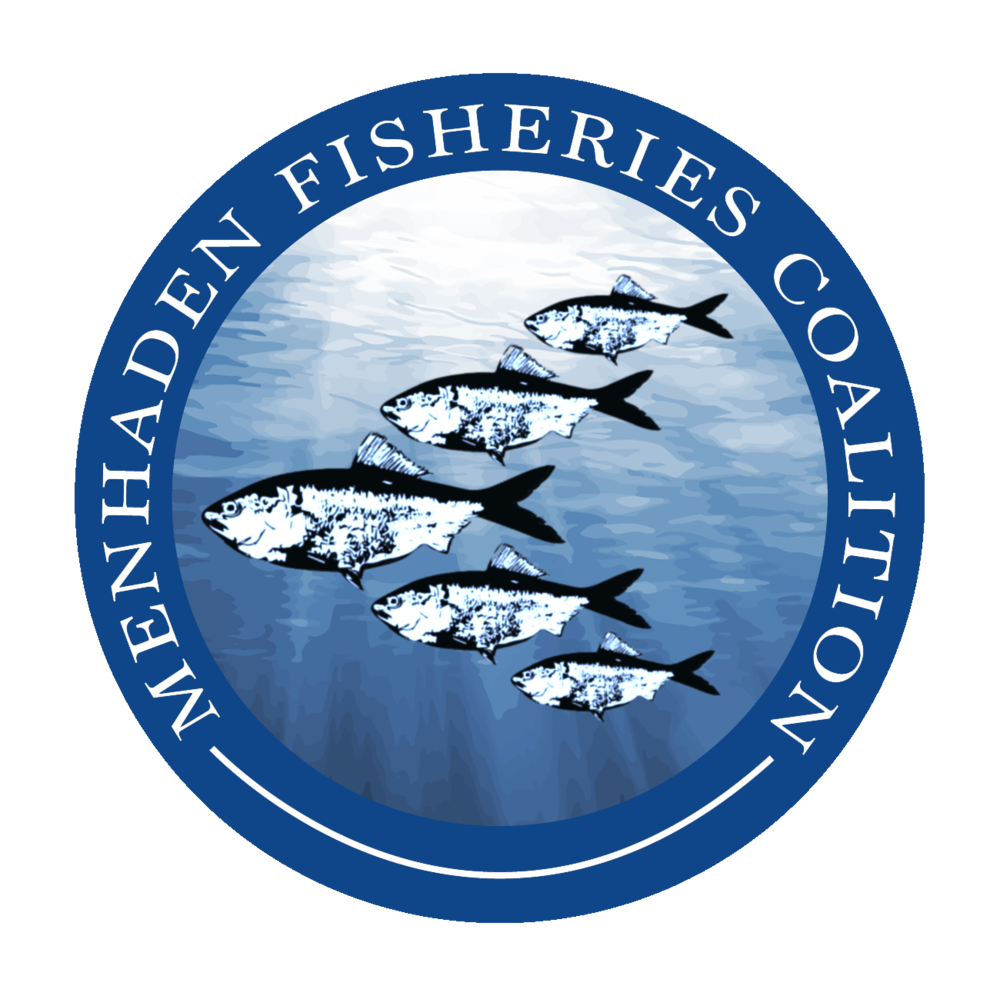MENHADEN & MANAGEMENT
Population Factors:
The factors that can affect any fish stock, including menhaden, are numerous. Available food, space, habitat, ocean temperatures, ocean acidity, other oceanographic and natural environmental factors, fishing, environmental disasters, and many other variables can affect stock numbers and health.
Landings data provided by NOAA’s Beaufort Lab in Beaufort, North Carolina reveal that older menhaden are much more likely to be found in the northern range of the fishery, with fish caught in New Jersey and northward being primarily in the 3-4 age range. This means that older, larger menhaden have the potential to migrate to northern waters outside the range of the commercial fishery. Accordingly, the newest assessment model has been modified to recognize that a higher proportion of older fish, 4-plus years, survive and produce an abundance of eggs.
“The Most Important Fish In the Sea”?:
Menhaden have been misconstrued through a popular phrase, “the most important fish in the sea,” which was coined by a college English professor, H. Bruce Franklin, as the title of his controversial book about the species. The Gulf States Marine Fisheries Commission’s Menhaden Advisory Committee discussed the book in a March 2008 meeting and concluded that the Committee and others in the audience “agreed that the book should be sold as a book of fiction and generally disregarded.” The phrase stems from entirely qualitative judgments made by the author that lack scientific founding. There is no scientific evidence supporting the hyperbolic statement that any one species of fish is “most important,” and promulgating this idea represents only Dr. Franklin’s opinion, rather than any scientific consensus.
Sustainability:
Friend of the Sea, an international sustainability certification program dedicated to the conservation of marine resources has certified and recertified the operations of the Gulf menhaden fishery as sustainable since 2008. The most recent stock assessment for Atlantic menhaden, released in early 2015, concluded that the stock is neither overfished nor experiencing overfishing.
The UN Food and Agriculture Organization has cited the Atlantic and Gulf menhaden fisheries as having one of the lowest levels of bycatch in the world. This is primarily due to the fisheries’ use of an efficient fishing method known as purse seine fishing, in which two fishing boats surround a single school of fish with a large net.
A fact sheet overviewing Gulf menhaden, available on the GSMFC’s website, explains that, “the Gulf menhaden fishery is probably the most closely monitored and managed fishery in the Gulf of Mexico.”
The Gulf of Mexico menhaden fishery has also garnered media attention and praise for its sustainability. Louisiana Sportsman magazine hailed it as a “close to perfect fishery” in a September 2013 profile.
